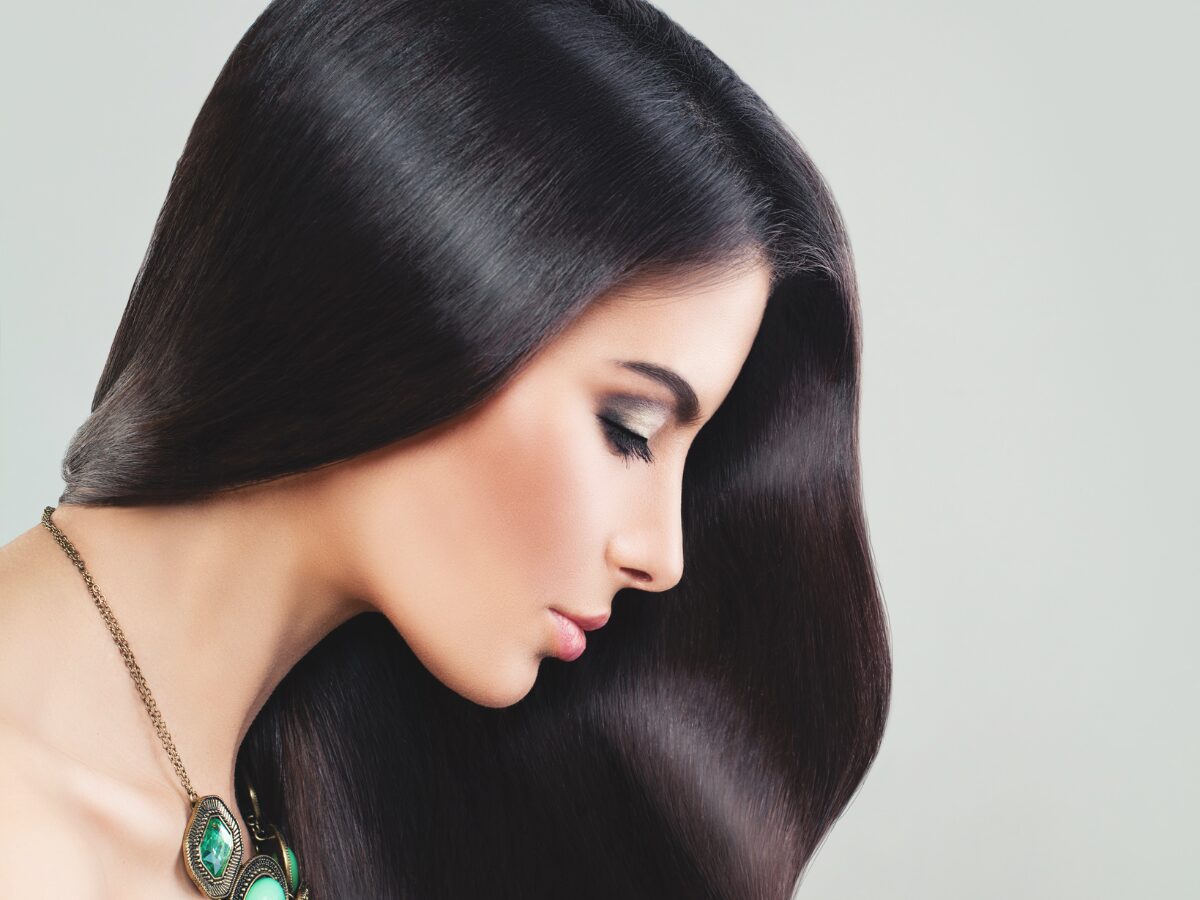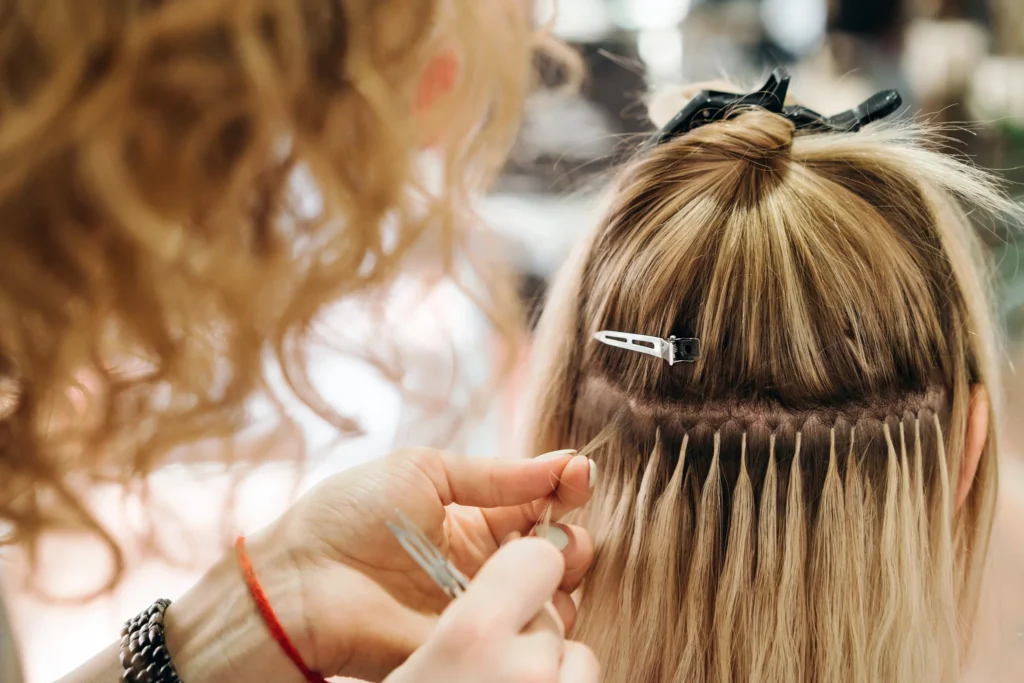
The Evolution of Hair Systems: A Brief History and Advancements
The history of hair systems can be traced back to ancient times, where wigs made of animal and human hair were used as a symbol of power and wealth. As time went by, these systems evolved and became more sophisticated, catering to people’s aesthetic and medical needs. In this article, we will explore their evolution and the advancements that have been made over the years.
Ancient Hair Systems
The earliest recorded use of wigs dates back to ancient Egypt, where they were worn by the wealthy and elite as a symbol of status. These wigs were made from human hair, wool, or plant fibers and were adorned with beads and other accessories.
In ancient Greece and Rome, wigs were commonly used by both men and women to indicate social status, age, and occupation. Wigs were used to cover baldness, as well as to protect the wearer from the sun.
The 20th Century

In the early 20th century, the use of these systems continued to evolve. Synthetic hair was introduced, which made these systems more affordable and accessible. They were also used to create different styles for actors and actresses in the film industry.
In the 1950s, the toupee became popular among men as a way to cover baldness. Toupees were made from natural or synthetic hair and were attached to the scalp using adhesives.
The 21st Century
In the 21st century, these systems have evolved even further. Advances in technology have made them more natural-looking, durable, and comfortable to wear. They can be customized to match a person’s natural hair color, texture, and density.
Advancements in Hair Systems

Here are some of the advancements that have been made in these systems:
- Better Materials: Advances in technology have made it possible to create hair systems from better quality materials, such as high-grade human hair and synthetic fibers that mimic natural hair. These materials are more durable and long-lasting, and they can withstand heat styling and other treatments.
- Improved Adhesives: The adhesives used to attach these systems have also improved. They are now stronger, more reliable, and less likely to cause skin irritation or allergic reactions.
- Customization: They can now be customized to fit a person’s head shape and size, ensuring a comfortable and secure fit. They can also be customized to match a person’s natural hair color, texture, and density.
- Natural-Looking Hairlines: They can now be designed in a way to blend seamlessly with a person’s natural hair, making them virtually undetectable.
- Non-Surgical Options: There are now non-surgical hair replacement options available, such as hair integration systems and extensions, which can be attached without any surgical procedures.
Conclusion
Hair systems have come a long way since their ancient origins. With advancements in technology and materials, they can now provide natural-looking, cost-effective, and non-invasive solutions. They can help boost a person’s confidence and self-esteem and provide them with the versatility to change their style whenever they want. Whether for medical or aesthetic reasons, they offer a viable solution for those experiencing hair loss.
